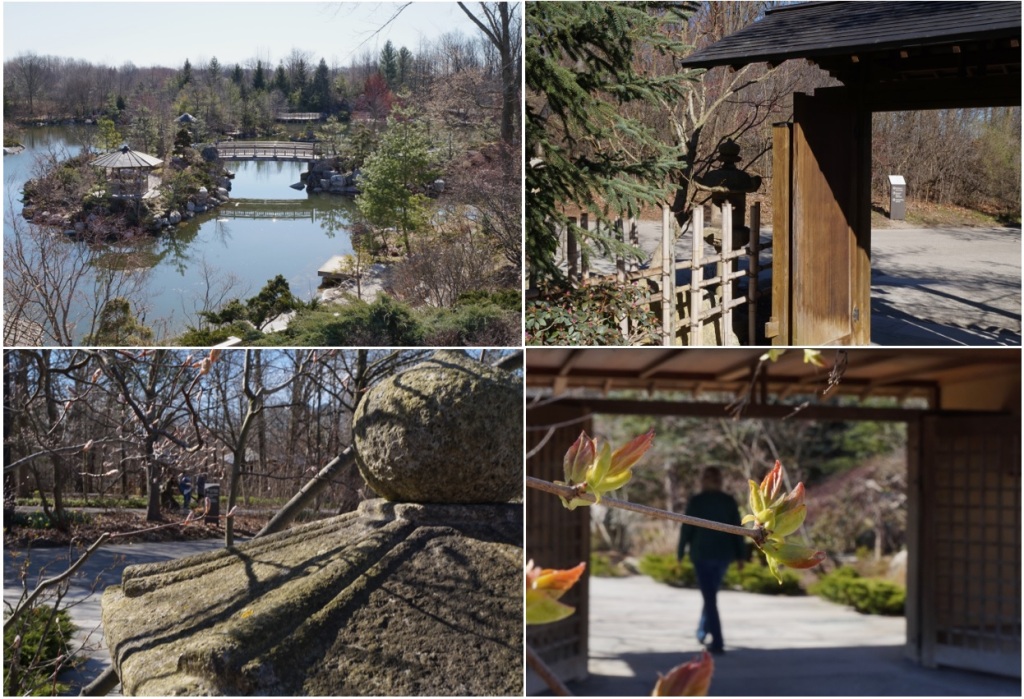
Scale matters in composing a photo, but also when displaying it in print or projected onto a (very) large screen. Bringing the camera in for a close view draws attention to details that would be lost when the composition is an overview or wide-angle look at the subject and its surroundings. But no matter if the picture is taken close in or from a distance, if the image is presented in a way that is too small in scale then the viewer will not readily perceive detail. The reverse is also true: projected onto a 20-foot cinema screen allows a great degree of detail to be studied. Of course the resolving power of the lens and quality of film or digital sensor also determine how much detail can be distinguished – on modest display or on a gigantic one. The extreme case is the Gigapan technique of merging hundreds of exposures into a single composite image that allows magnification much beyond that of a single photo; for example, a luxury car advertisement showing the Golden Gate Bridge and its surroundings, then zooming in to see the featured car, then zooming in to show the brand mark embroidered onto a headrest of the passenger seat, visible through the car window on the bridge surrounded by the headlands and Pacific Ocean.
The limits to seeing because of scale limitations may be true not only of photos but also when it comes to the limits of thinking because of scale limitations. In other words, if the matter being discussed is framed up close then the conversation can go into great detail (at the expense of perceiving the larger patterns and relationships). But even when composed and curated for a close-up view of the subject, if the occasion for expressing the subject is too small or lacks the right amount of free space, then the experience of engaging in the matter could be frustrating. Therefore, in photo compositions and in conversations of intellect and analysis the scale matters: there should be a close enough view to capture needed detail. And there also should be a venue or occasion to display the viewpoint that is big enough to make the existing detail visible.
